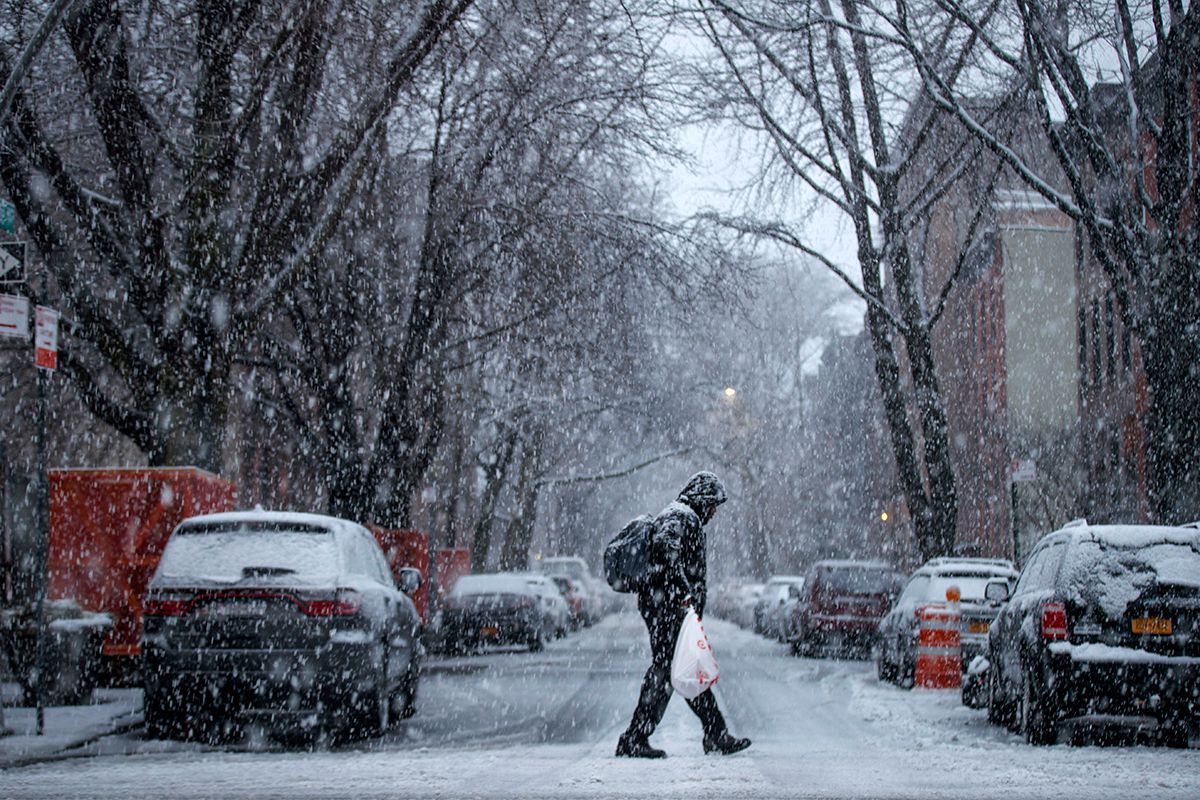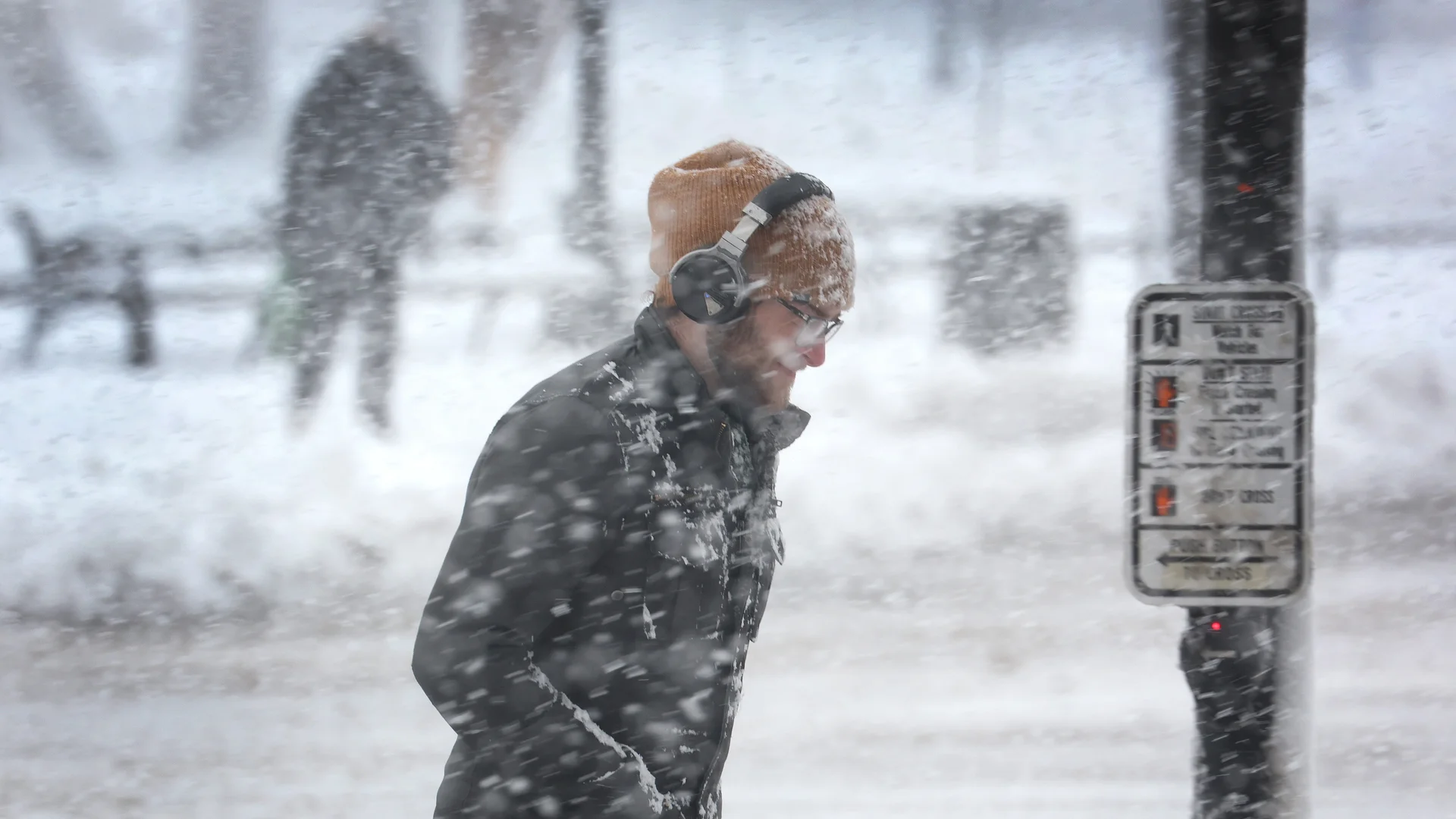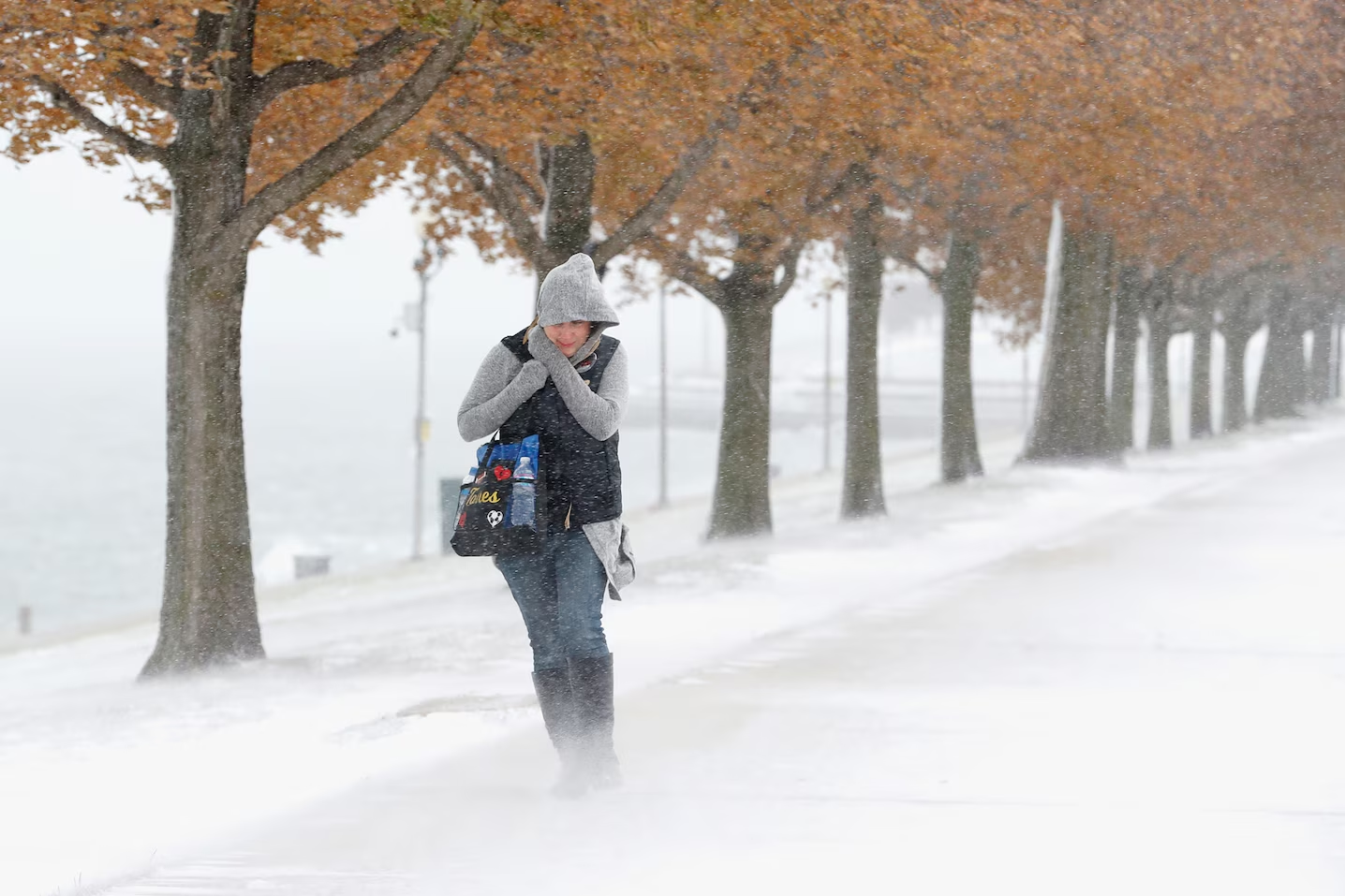This winter has seen an extraordinary number of Arctic air blasts hitting the United States, marking at least eight significant cold waves so far. While winter has been warming faster than other seasons in recent decades, this January was the coldest recorded in the U.S. since 1988.
However, on a global scale, this winter has been one of the warmest in history, making the U.S. an outlier in a broader warming trend. Scientists attribute this unusual winter pattern to the combined effects of a misbehaving polar vortex and a persistent blocking high-pressure system, which have worked together to drive frigid air southward.
Despite the extreme cold in the U.S., the consensus among climate experts is that winter overall is getting warmer due to fossil fuel pollution and global warming. The occurrence of this severe cold snap does not contradict climate change but rather serves as an example of how warming can lead to more erratic weather patterns. Researchers note that our perception of normal winter conditions has shifted significantly due to long-term warming trends. When an actual cold winter occurs, it can feel unusually severe simply because truly frigid temperatures have become rare.
One of the primary drivers of this winter’s extreme cold is a persistent blocking high-pressure system located over Alaska and northwest Canada. This system disrupts typical atmospheric circulation by redirecting Arctic air southward. The high pressure has effectively acted as a barrier, altering the path of the jet stream—a river of air that usually separates cold and warm regions. Because of this shift, cold air that would typically remain trapped in the Arctic has been funneled directly into the U.S.
The presence of this blocking pattern has also contributed to an unusually warm winter for Alaska, which contrasts sharply with the extreme cold in the Lower 48 states. Scientists note that these types of blocking highs have been occurring more frequently and may be linked to a weakening jet stream caused by Arctic warming. A 2023 study found that as the Arctic continues to warm, these high-pressure systems will likely become more common, making extreme weather patterns like this winter’s cold outbreaks more frequent.

Polar Vortex Stretching and Its Role in This Winter’s Extreme Cold Events
The polar vortex, a system of fast-moving winds that encircle the Arctic, plays a crucial role in controlling the movement of cold air. When the polar vortex is strong, it keeps frigid air trapped near the North Pole. However, when it weakens or becomes distorted, the cold air can spill southward, leading to dramatic temperature drops in lower latitudes. This winter, the polar vortex has been exceptionally strong yet frequently stretched into irregular shapes, leading to numerous cold outbreaks in the U.S.
The stretching of the polar vortex is a key factor in this year’s extreme weather. Rather than maintaining its typical circular shape, it has been repeatedly elongated and distorted, allowing Arctic air to reach areas much farther south than usual. This pattern has led to multiple waves of extreme cold, including subzero wind chills in Dallas and record snowfall in cities like New Orleans. Such stretching events have been unusually frequent this winter, occurring at least ten times since December.
Scientists compare the behavior of the polar vortex to a rubber band being stretched by external forces. When left undisturbed, it maintains a stable, circular form. However, disruptions in atmospheric patterns can cause it to become elongated or misshapen, allowing more cold air to escape from the Arctic. This winter, the polar vortex has been repeatedly pushed and pulled by various atmospheric forces, causing frequent cold air invasions into the U.S.
Recent research suggests that these stretching events may be occurring more often as the climate warms. A 2021 study found a direct link between Arctic warming and changes in the polar vortex, showing that a warming Arctic weakens the jet stream and allows for more frequent distortions. While the intensity of cold outbreaks may decrease over time due to overall warming, these types of events are still expected to remain disruptive.

Understanding Extreme Cold and Its Connection to Climate Change and Arctic Warming
There is ongoing scientific debate over whether these extreme cold events are a direct result of climate change. Some researchers argue that a warming Arctic weakens the jet stream, making cold outbreaks more likely, while others caution that more research is needed before definitive conclusions can be drawn. Despite these differing views, scientists agree that winters are generally becoming warmer due to human-induced climate change. This winter’s extreme cold should be viewed in the context of broader climate trends rather than as evidence against global warming.
One reason for this scientific debate is the complexity of atmospheric dynamics. Climate change influences multiple factors that interact in intricate ways, making it difficult to isolate a single cause for any particular event. While blocking highs and polar vortex stretching events have been linked to Arctic warming, other atmospheric variables also play a role. Understanding how all these elements interact remains a crucial area of ongoing research.
Although global temperatures are rising, extreme cold events will continue to occur in certain regions, albeit with decreasing intensity over time. Scientists predict that while Arctic air outbreaks may become more frequent due to jet stream instability, they will likely not be as severe as those of the past. However, even if these cold waves become less extreme, they will still have significant impacts on infrastructure, agriculture, and public safety.
The Texas freeze of February 2021, which resulted in widespread power outages and over 200 fatalities, serves as a stark reminder of the dangers posed by extreme cold. Events like this winter’s Arctic blasts highlight the importance of improving preparedness for extreme weather. Understanding the links between climate change, the polar vortex, and jet stream behavior remains an active area of research that will help policymakers and communities better anticipate and respond to future cold extremes.
